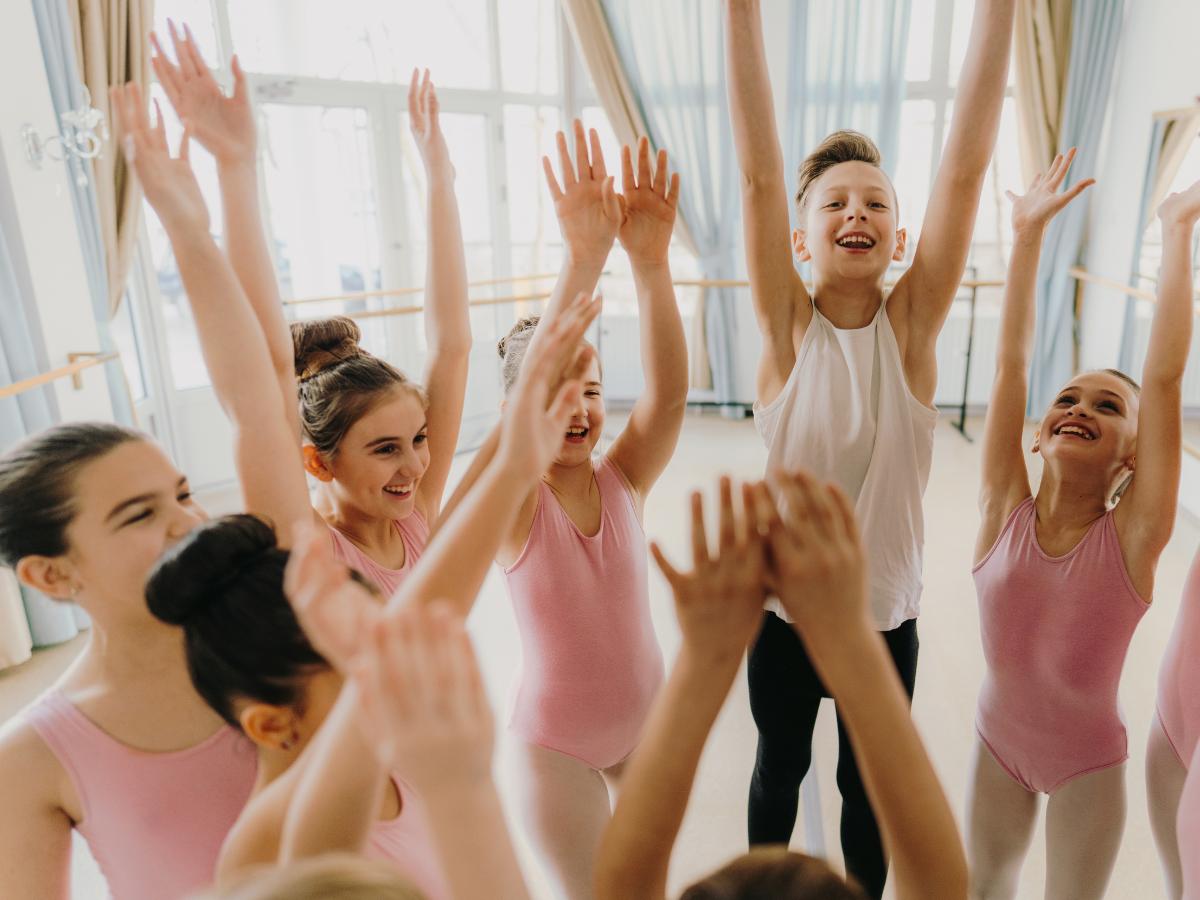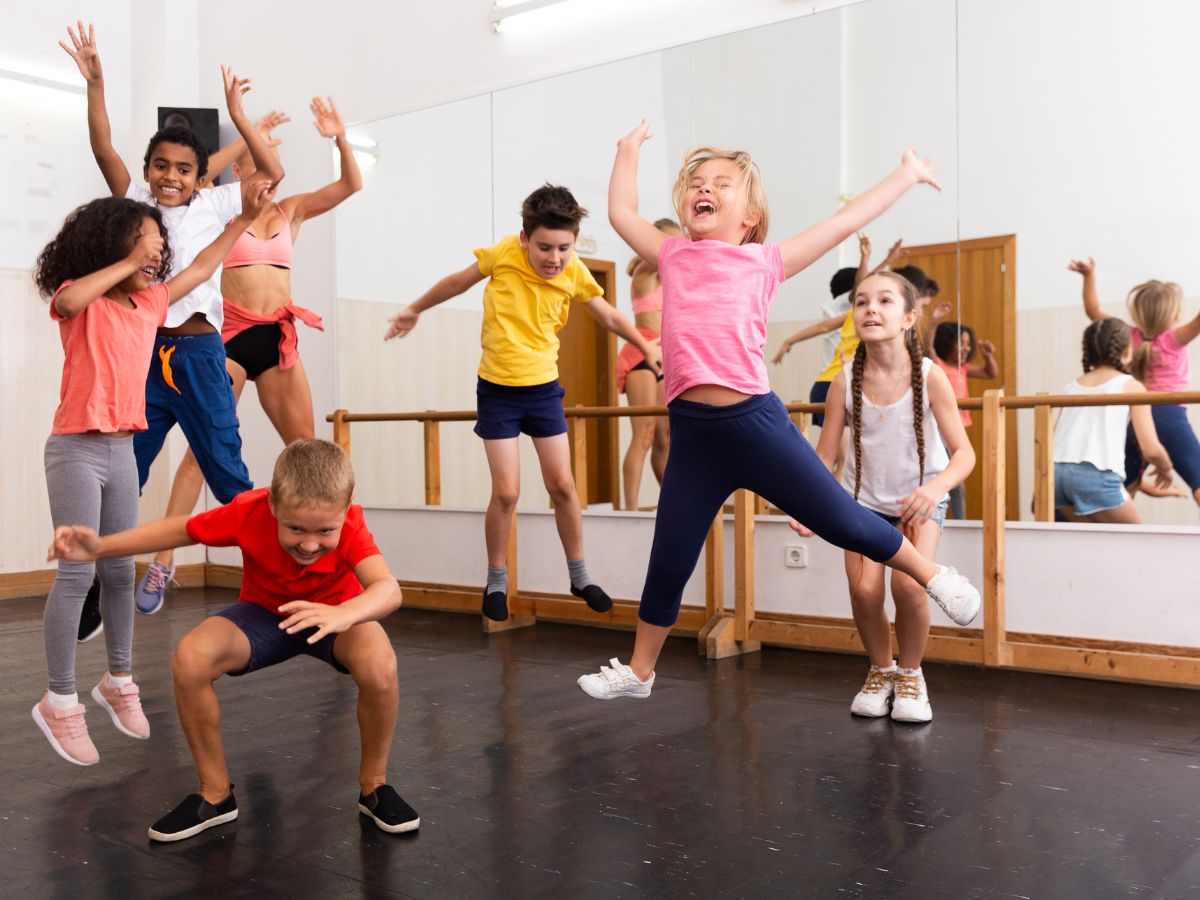We found two Dance industry experts who have expressed thoughts on this topic. We’re happy to share the info with you. Please use the links (provided within the post) and read the original information from both.
Susan Farrell Ballet Dancer Amy Brandt regularly answers questions in her column “Ask Amy” in Pointe Magazine. Recently she answered a question about the safety of foot stretchers for dancers.
Here is her answer: There are several versions of foot stretchers on the market, all promising to improve flexibility by holding the top of the foot in an extreme point. Many dancers swear by them, but to be sure, I asked Boyd Bender, physical therapist for Pacific Northwest Ballet.
Perspective of Noted Expert
Boyd’s advice: Use cautiously, especially if you have feet with flatter arches. A foot stretcher might create more leverage through the mid-foot and arch area, and possibly create a flatter and more unstable mid-foot. In other words, too much pressure could overstretch and weaken this foot type, increasing the tendency to roll in. Also, he warns that if you have a history of foot and ankle injuries, use a foot stretcher only in the presence of a health professional to ensure that you’re not causing additional damage. Don’t expect miracles. You can only do so much with the structure of your foot. While dancers can gain some mobility by stretching soft tissues, the biggest determining factor of a pretty point comes from joint mobility—which is much harder to change. Foot stretchers will only be effective until your foot and ankle reach skeletal maturity, which happens in the late teens.
We also found Dance Physiotherapist, Lisa Howell’s thoughts on this topic on her Ballet Blog.
Lisa Howell is this post’s author and founder of Perfect Form Physiotherapy, a unique practice located in the heart of North Sydney, Australia. The clinic is devoted to the education and rehabilitation of dancers in all genres.
From Lisa’s post:
First of all: Be careful with any external device that is used to stretch the feet.
Gentle stretching of the ligaments over time is sometimes necessary for dancers who have not been blessed with naturally pointed feet to get the coveted look of a beautifully arched foot, but this is by no means essential to have a career in dance, and should never be put ahead of the safety and health of the dancer’s foot.
Any attempts to increase the range of motion into either a pointed or flexed position must be accompanied by specific strengthening exercises so that the dancer can actually use the new range of motion when he/she dances. Excessive range in the ankle without excellent proprioception and strength can be the cause of many foot and ankle injuries.
Serious Considerations for Devices
Considerations critical to your decision to use foot stretching devices:
1. Every foot is different and may require different techniques therefore using one type of device and technique with an entire class is risky. (i.e. if one student has hyper-mobile feet already, strong stretches across the front of the foot may overstretch the ligaments and make the foot even more unstable and vulnerable to injury.)
2. Sustained stretching of ligaments may reduce the proprioceptive awareness of these ligaments and hinder the student’s ability to feel where the foot is. This is very important when progressing with pointe work.
3. If the student has stiff feet, the chances of one device being able to isolate where that particular foot needs more mobility is highly unlikely. Some feet need more range where the metatarsals meet the tarsal bones, others need more range between the tarsal bones, and some need it between the talus and the lower leg.
4. Most of the bony restriction in ankle range is actually a block in the sub-talar joint, which cannot be stretched with any of these stretches – most of them actually compress it.
5. Any stretching of the front of the arch must be felt as a gentle stretch spread over a wide area. It should never be felt as pain, or as a focused stretch at one point.
6. All of these stretches focus on forcing the foot into a pointed position, and this can result in compression of the structures at the back of the ankle. Many students have issues with Posterior Impingement anyway – so over-pointing the foot forcefully can exacerbate compression in the back of the ankle.
7. As a general rule, most students have more range in their feet than they can use anyway so the focus should be placed on strengthening into their current range before worrying too much about increasing their range. As the strength improves – often, so does range.
8. Any attempts to increase pointe range should be done very slowly, and with careful thought to the anatomy of the ankle to keep it stable and strong. Overstretched ligaments have reduced proprioceptive feedback and that something you never want.
9. In just about all of the images you see for foot stretchers, the dancer also has a slightly hyperextended knee. These girls most likely already have a lovely line and don’t need assistance from the device to make it look beautiful.
Purchase a Foot Stretcher
According to Balletboard.com, there are 3 top foot stretchers – and of course – pros and cons to using each.
There is the Pro-Arch Foot Stretcher Ankle Exercises for Pointe which offers three different spring resistances, is reported to prevent injuries like sprains, strains, and tendonitis and is usable by dancers and athletes in a variety of disciplines. It, however, may only work well for younger dancers with softer bones and their cost is considered pricey by some.
Then there’s the FlexExpress Foot Stretcher that comes in nine different colors or patterns, is noted for its ease of use and is affordable. It may not, however, represent a good value for your money.
And there is the Arch Genie II that offers a dozen colors and is designed for athletes and dancers eight years old and older and is said to provide fast results. The con here is that some have questioned the safety of the device. And questioned the safety of foot stretchers in general.
Save the Cost of Purchasing
Ally Olsen shares on You Tube a way to make you own foot stretcher, if you prefer to avoid purchasing one!
As with anything you use in manipulating muscles, tendons, ligaments – basically your body – you must take great care. Read up on whatever you choose, confer with your doctor, therapist, and instructor and note results/experiences of fellow dancers before taking on the use of such devices for yourself.







